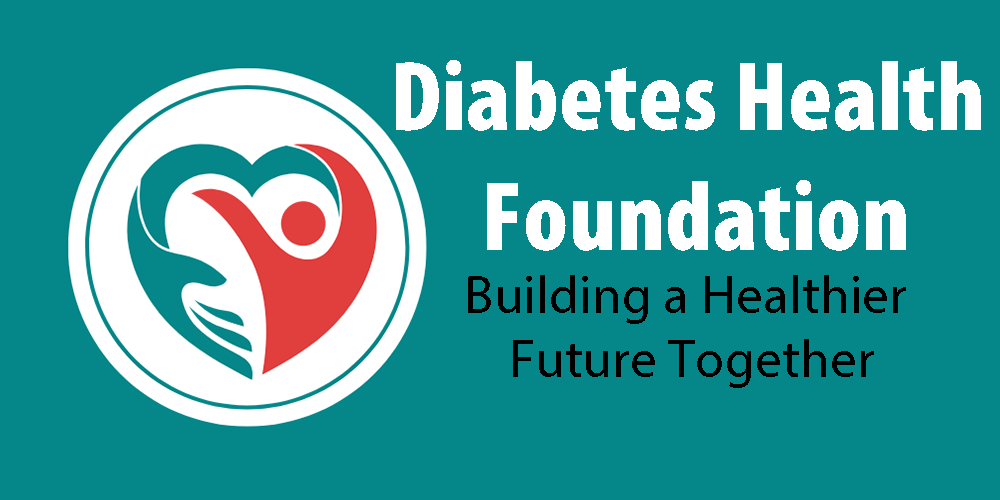General Diabetic Diet Guidelines

General Diabetic Diet Guidelines
Knowing total calories and maintaining a balanced diet are the most important factors for diabetic health. Raw, uncooked foods such as fresh fruit and vegetables, protein from vegetable sources, and foods that are not processed are best sources of nutrition.
Weight should be appropriate for body habitus. For some this means control of diet and activity and maintaining existing weight. For others it is weight gain, and for most it is weight reduction. Many cases of diabetes can be controlled for a long time with simple selection of the proper food groups and total calories as well as exercise. Diet means absence of food to many people and this is why dieting usually fails and can be dangerous in the diabetic population. This is because starvation causes a reduction of metabolism, breakdown of muscle and fats into ketones and the causation of the acid state in the body’s cells. There can be loss of energy and less exercise and this causes more problems for control of the metabolism and glucose control. There can be less available glucose for intake into the cells. Eating small amounts of food will stimulate metabolism. Eating sugar without protein can lead to what is called the Somonji effect. This occurs when insulin release is stimulated by free sugar intake without complex carbohydrates and protein, so consequently there is a dip in the blood level of glucose because of the insulin effect in people predisposed to this affect or in type 2 diabetes. A similar problem can occur in IDDM when a dose of insulin is given that lasts longer than glucose that is available and hypoglycemia may occur.
Sodas, especially the colas, are very acidic with a pH of 2. This binds up calcium because of the large amount of phosphates in the colas. The sugar content is very high as is the glycemic index.

